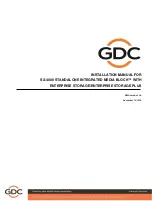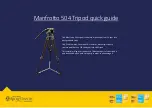
This example shows which
Del Rule
button to click to
remove the Group type within an And
statement and
to remove the entire And statement.
Check Unmatched Processes to Find Application Candidates
In Application Discovery, processes running on a host system that do not match existing template
or package definitions are called unmatched processes. Characteristics of unmatched processes can
be entered into a template to define an application.
Understanding the Tables Showing Unmatched Processes
The create and edit application template screens show unmatched processes found across the
computing network in a table called "Processes not matched by this template". The same data
types are also displayed for a particular host on each individual host page in a table called
“Unmatched Processes”.
You can sort or filter this table to find processes with which you want to define an application.
TIP:
One way to reduce the amount of 'noise' cluttering your tables is to create a template that collects
'uninteresting' processes into an application that can be hidden.
Using the Table Data to Fill in An Application Template
Find data in the unmatched processes table, and type it into the appropriate fields in an application
template to define the constituents of the application template.
Filling in the Summary Fields Using Table Data
In the following image, you can see the columns directly relevant to the Summary fields in an
application template (dark gray). By entering a specific operating system (
OS
), operating system
version (
OSver
), and/or architecture (
Arch
), you can limit the application of the template to
particular systems in your network.
40
Procedures
















































